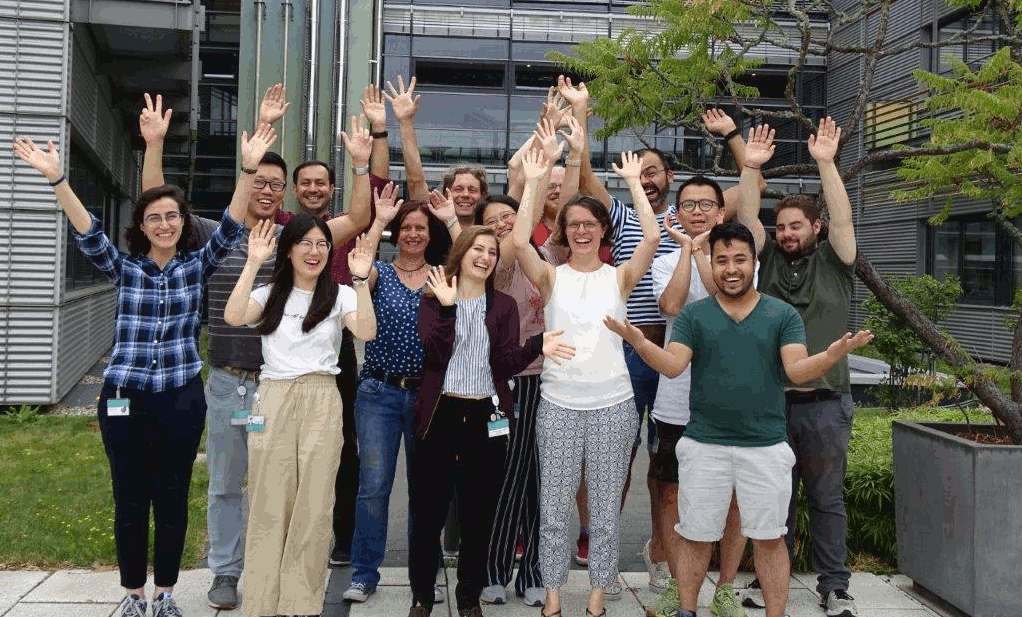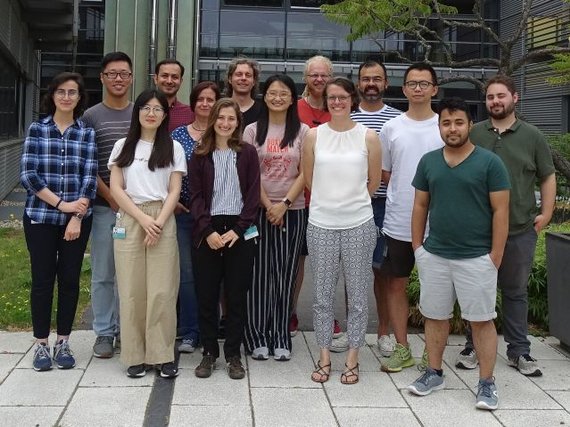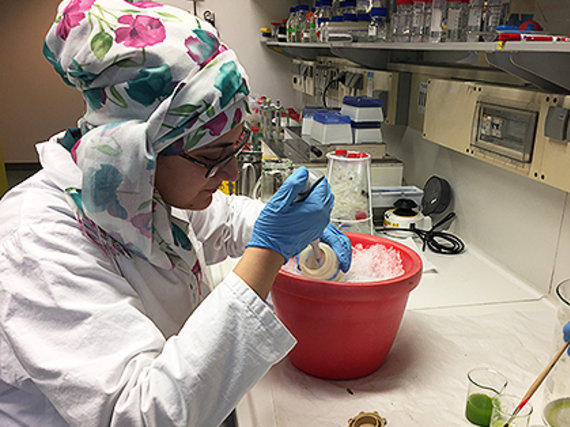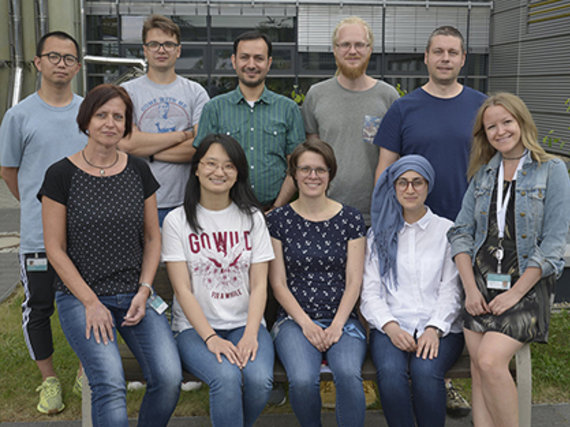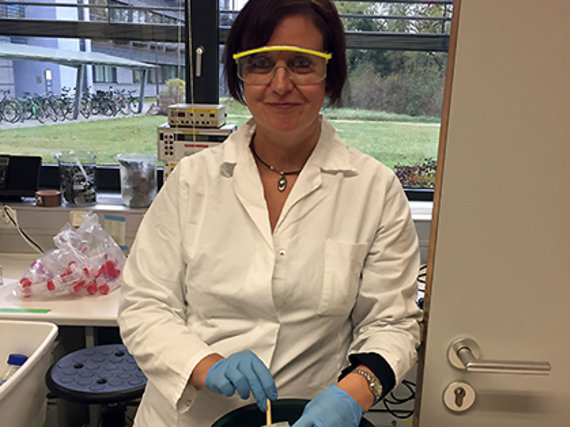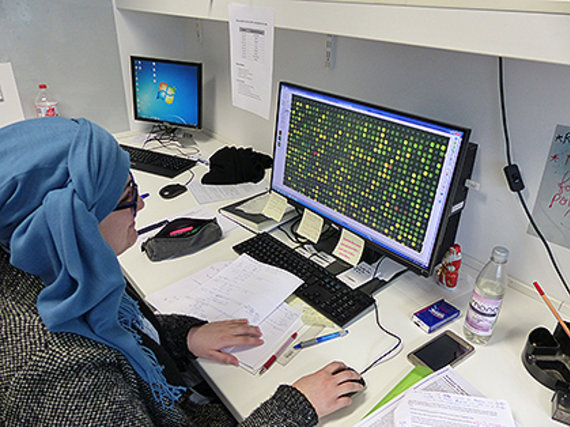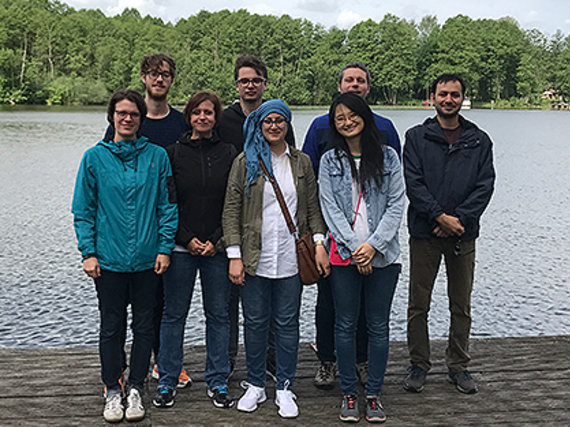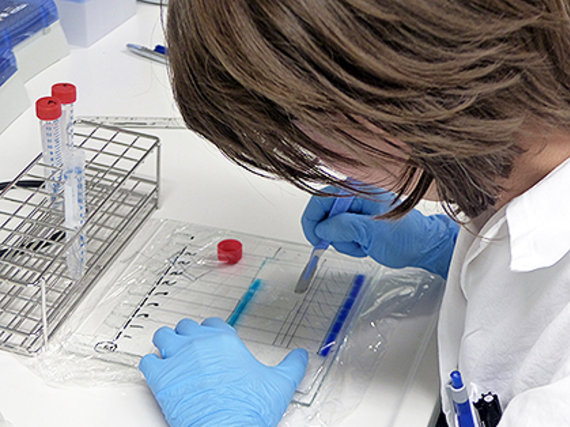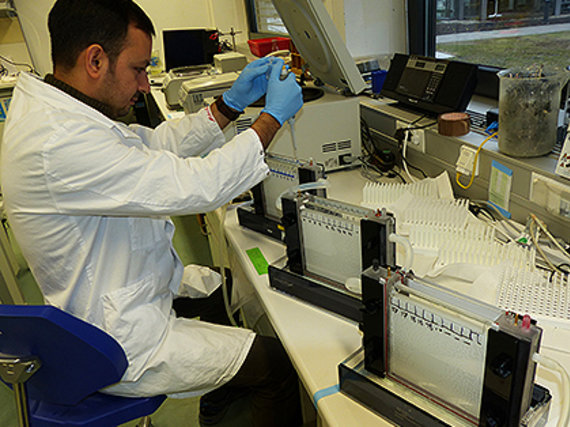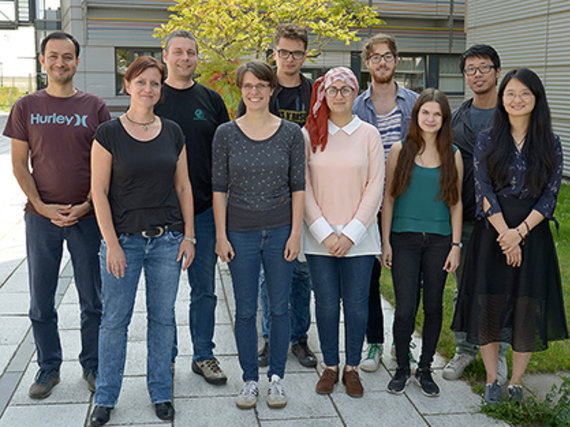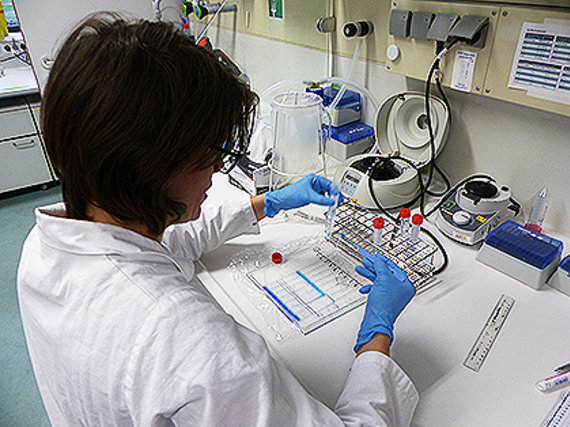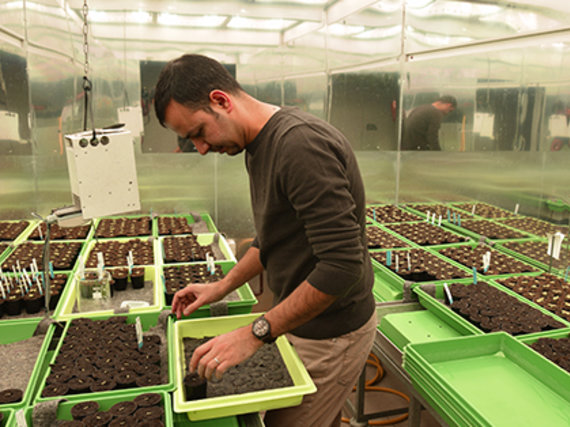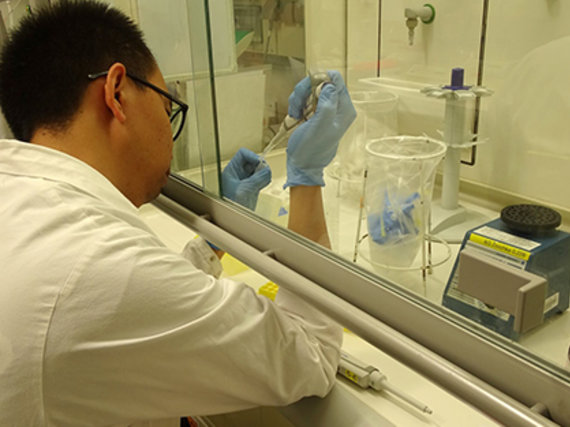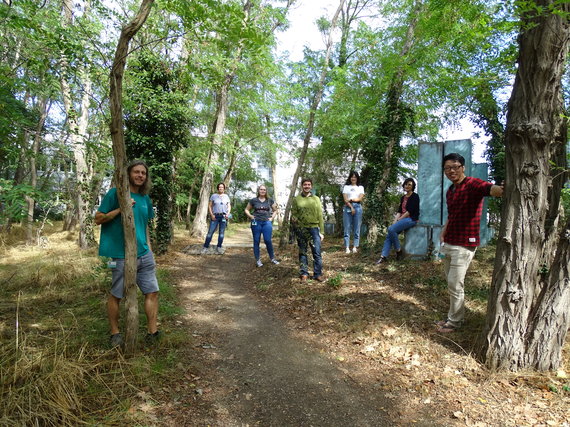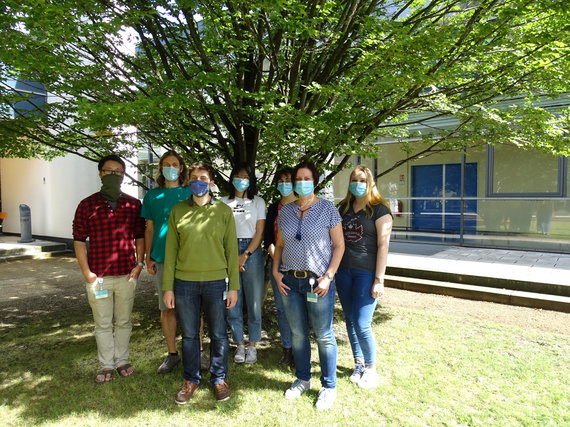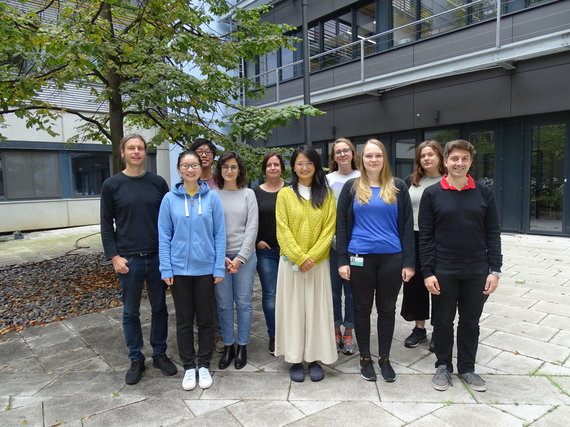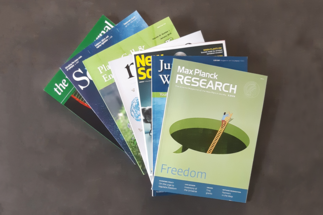Translational Regulation in Plants
The functionality of genes is determined by their expression into proteins. Gene expression is a multistep process, but so far comprehensive analyses of gene expression have mostly focused on measurements of transcriptional dynamics. However, considerable regulation occurs at the translational level. Recent technical advances allow us to study translational dynamics at a genome-wide scale and in very high resolution. Thereby, we aim to understand the behavior of plant cell’s ribosomes, the protein-biosynthesis machineries, and the contribution of translational regulation to the dynamics in gene expression.
Like the nucleus, chloroplasts contain a genome and gene expression machinery. Plastid gene expression is essential for plant development and viability and is mainly regulated at the post-transcriptional and translational levels. However, little is known about translational regulation in plastids including the mechanisms and players involved. Translating ribosomes leave footprints on their mRNA template, which can be used to comprehensively trace the translational activity of mRNAs in a method called ribosome profiling. Ribosome profiling has been used to study ribosome behavior at codon resolution and translational regulation at a genome-wide scale. Recently, we adapted this approach to elucidate the function of plastid translation factors and to unravel the cotranslational membrane-insertion of plastid-encoded thylakoid proteins.
Which questions do we want to answer?
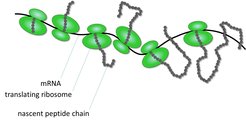
Using ribosome profiling and other innovative ribonomic methods we aim to address the following questions in plant translation with a focus on plastids:
1. How is the chloroplast translatome defined?
By ribosome profiling we elucidate the plastid ORFeome, the translated regions of the plastid genome, including start/stop codons, splice junctions and translationally relevant editing sites. Thereby, we will clarify if any of the non-conserved plastid ORFs are translated and whether or not so far unidentified small reading frames exist. Additionally, we will provide detailed insights into chloroplast ribosome behavior and its potential interdependence with co-translational processes (e.g., protein targeting).
2. How does translation control gene expression during acclimation?
Light and temperature signals are known abiotic triggers of acclimation processes in plants. Using ribosome profiling, we analyze how translation controls the dynamics of the plastid proteome during acclimation to changing light and temperature conditions. Furthermore, we aim to understand how these regulatory translation processes are coordinated between the three genetic compartments of the plant cell (i.e., nucleus/cytosol, plastids and mitochondria).
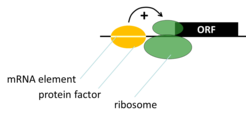
3. How is translation regulated?
Different mRNA elements and protein factors can control translation processes directly or indirectly. To identify mRNA elements, we analyze sequences upstream of translationally co-regulated genes. Moreover, we apply different biochemical approaches to identify proteins which interact with the chloroplast translation machinery. By this, we aim to uncover potential protein factors regulating protein biosynthesis. Finally, we analyze translational regulation during assembly of the photosynthetic machinery. In algae, feedback mechanisms are known to regulate translation of photosynthetic proteins. Our group will utilize diverse tobacco mutants impaired in the assembly of photosynthetic complexes to prove the existence of analogous feedback regulation mechanisms in land plant chloroplasts.
4. How do ribosomal proteins and tRNAs modify plastid translation behavior?
Most ribosomal proteins are essential for translation. However, some chloroplast ribosomal proteins are dispensable. Nonessential ribosomal proteins were speculated to regulate translation, however, their true molecular functions are unknown. Moreover, tRNAs are essential components of the translational machinery, working as a physical link between the mRNA and the nascent polypeptide. Interestingly, plastids do not encode the full set of tRNAs. In addition, it was shown that five tRNAs in tobacco plastids are nonessential. By ribosome profiling we analyze translation in mutants of nonessential ribosomal proteins and tRNAs. Thereby we aim to understand how an altered tRNA pool influences translation characteristics, and how nonessential ribosomal proteins may modulate translational activity.
